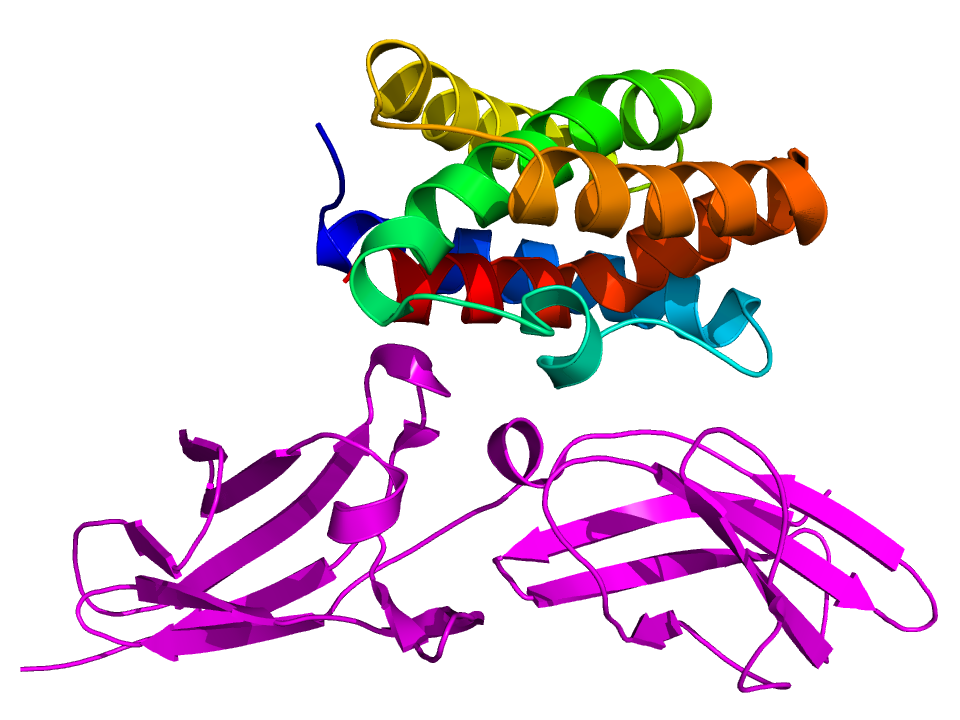Blog Post
Unveiling the Versatility of Interleukin 22 in Immune Responses
Introduction: Interleukin 22 (IL-22) is a cytokine with diverse functions in immune responses, tissue homeostasis, and inflammatory processes. In this blog post, we’ll delve into the intriguing roles of IL-22, its signaling pathways, and its impact on various tissues and immune cells. Join us as we uncover the complexity of IL-22 and its implications in immunology research.
Functions of IL-22: IL-22 plays a pivotal role in maintaining mucosal barrier integrity and tissue repair, particularly in the gastrointestinal tract, skin, and lungs. It promotes epithelial cell proliferation, mucin production, and antimicrobial peptide secretion, contributing to immune defense mechanisms at barrier surfaces. Additionally, IL-22 modulates inflammatory responses and tissue inflammation in different contexts, ranging from infection control to chronic inflammatory diseases.
Signaling Pathways: IL-22 exerts its effects through the IL-22 receptor complex, which includes IL-22Rα1 and IL-10Rβ subunits. Upon binding to its receptors, IL-22 activates the JAK-STAT signaling pathway, leading to the transcription of target genes involved in tissue repair, antimicrobial defense, and inflammatory regulation. These pathways influence immune cell functions, epithelial barrier integrity, and tissue homeostasis.
Implications in Disease: The dysregulation of IL-22 signaling has been implicated in various inflammatory disorders, such as inflammatory bowel disease (IBD), psoriasis, and asthma. IL-22 can have dual roles in promoting tissue repair and exacerbating inflammation, depending on the context and microenvironment. Targeting IL-22 signaling pathways has emerged as a potential therapeutic strategy for modulating immune responses and treating inflammatory conditions.
Future Perspectives: As research on IL-22 advances, further insights into its role in tissue-specific immunity, microbiota interactions, and therapeutic interventions are anticipated. Investigating the interplay between IL-22 and other cytokines, such as IL-17 and IL-23, will provide a comprehensive understanding of its immunomodulatory functions and clinical applications.
Conclusion: Interleukin 22 (IL-22) emerges as a key regulator of mucosal immunity, tissue repair processes, and inflammatory responses. By elucidating the functions and signaling pathways of IL-22, researchers aim to develop targeted therapies that enhance barrier defense mechanisms, mitigate inflammation, and improve patient outcomes in immune-related diseases. Stay informed about the latest IL-22 research and its implications for immunotherapy and tissue homeostasis.


